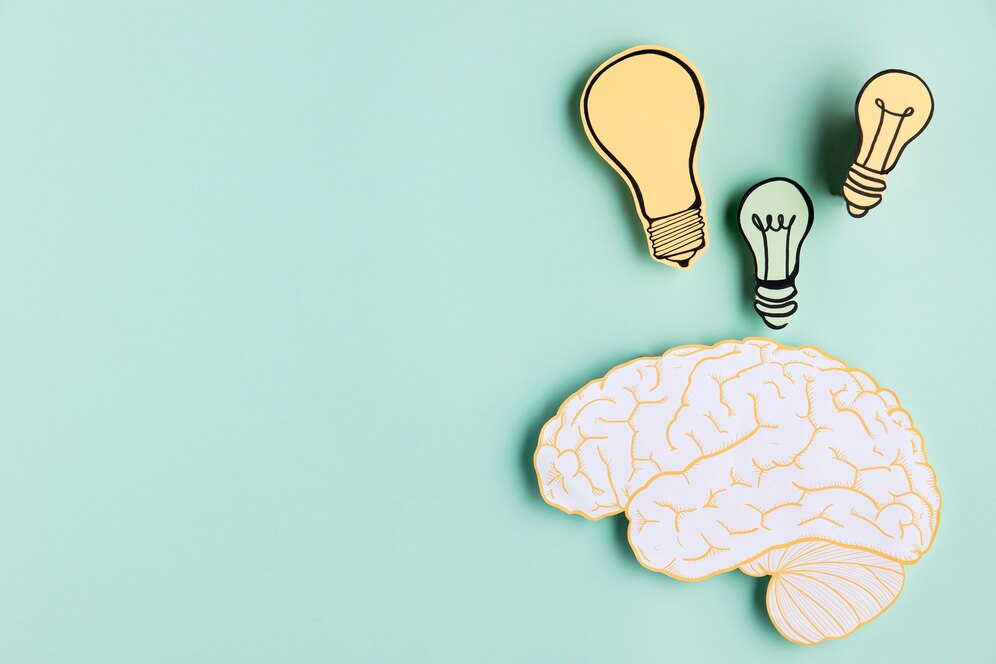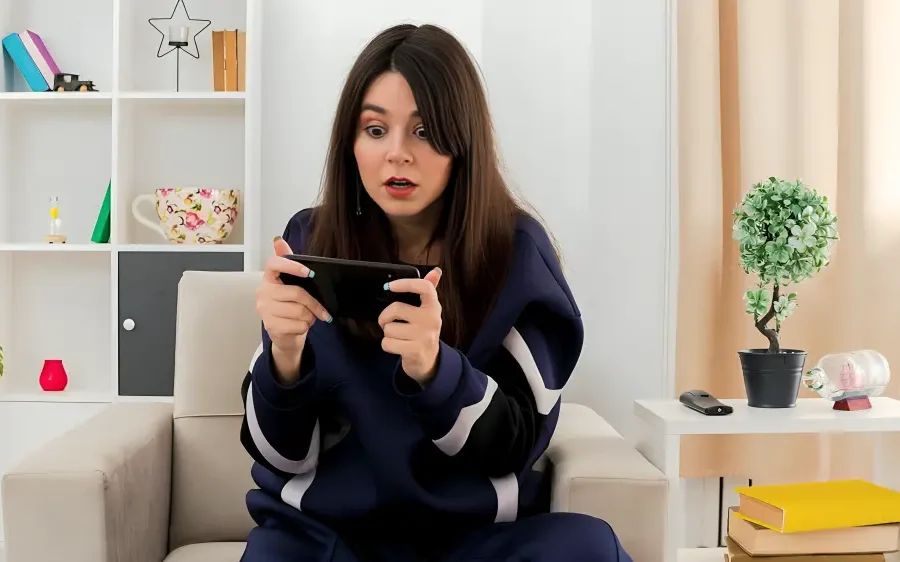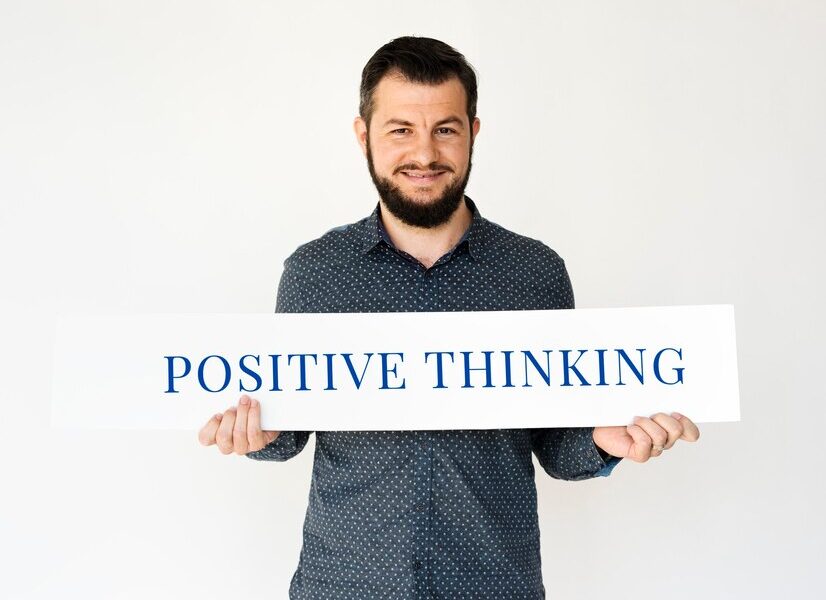
Creativity is often thought of as an abstract and mysterious force but beneath the surface. Its roots are firmly planted in science. Creative thinking drives progress solves complex problems and fuels innovation in every area of life. But how does the brain generate creative ideas? And what role does neuroscience play in unlocking this potential? By exploring the neuroscience of creativity. We can better understand how our brain works discover ways to boost creativity and learn strategies to enhance cognitive performance.
1. Understanding the Neuroscience of Creativity
Creativity in scientific terms is the ability to produce new and valuable ideas. Far from being an isolated talent. It’s a complex mental process involving multiple regions of the brain working together. The prefrontal cortex known for decision making and problem solving plays a critical role in creative thinking. The hippocampus, associated with memory and learning helps in connecting past experiences to generate new ideas.
Neural connections also play a pivotal role. Creative thought relies on the brain’s ability to combine seemingly unrelated ideas. Which is made possible by neural pathways. When these pathways communicate efficiently innovation can flourish. This explains why some of our best ideas come when our minds are at ease. we allow the brain the space it needs to make these connections.
2. Boosting Brain Creativity: Science-Backed Methods
Certain habits and biological factors can enhance creativity by influencing how the brain functions. For example:
Dopamine and neurotransmitters:
Dopamine often referred to as the “reward chemical” enhances creative thought by improving motivation and focus. Activities that release dopamine like exercise or listening to music can offset mental stagnation.
Mindfulness and relaxation techniques:
Mindfulness practices calm an overactive brain creating the ideal mental environment for new ideas to spark. Deep breathing exercises or meditation can stimulate the brain’s creative centers.
Sleep and daydreaming:
Adequate sleep is crucial for creativity. It supports memory consolidation and restorative thinking. which are key for coming up with innovative ideas. Similarly daydreaming allows the mind to wander and facilitates unconventional connections.
3. Creative Thinking Techniques Backed by Neuroscience
Boosting creativity involves more than waiting for inspiration. There are structured methods you can adopt:
Divergent vs. convergent thinking:
Divergent thinking encourages brainstorming and exploring many ideas, while convergent thinking focuses on narrowing them down. Both are essential for creative problem-solving.
Brainstorming:
This age old tool promotes associative thinking by encouraging free flowing ideas without judgment.
Structured creativity:
Surprisingly, limitations can fuel innovation. For example, creative constraints, like time limits or specific themes, force the brain to work harder to find unique solutions.
4. Brain Science Behind Creativity: Debunking the Left vs. Right Brain Myth
One of the most enduring myths about creativity is the idea of “left-brain vs. right-brain dominance.” The left brain is often associated with logic, while the right brain is linked to creativity. However, neuroscience reveals that creativity relies on the collaboration of the entire brain.
How does the whole brain contribute? The left hemisphere provides focus and structure, while the right manages imagination and visualization. Truly creative thinking comes from these two sides working together in harmony.
5. How the Brain Generates Ideas
The key to understanding how the brain generates ideas lies in neural plasticity, which is the brain’s ability to reorganize itself and form new connections. This flexibility allows the brain to combine unrelated concepts and form fresh ideas.
Additionally, novel experiences are powerful creativity boosters. Activities like traveling, trying new hobbies, or even meeting new people stimulate the brain’s connectivity, making it easier to think outside the box.
6. Improve Cognitive Creativity with These Strategies
Keeping your brain healthy is essential for unlocking creativity. Here are a few ways to enhance cognitive performance:
Nutrition:
Foods rich in antioxidants, healthy fats, and vitamins (like blueberries, salmon, and nuts) protect the brain from damage and improve cognitive function.
Exercise:
Physical activity increases blood flow to the brain, promoting growth in regions associated with learning and creativity.
Managing emotions and stress:
Chronic stress stifles creativity by impairing memory and decision-making. Cultivating a positive emotional state through gratitude or journaling can significantly boost idea generation.
7. Creativity and Mental Performance: The Connection
Creativity is intertwined with intelligence and memory. While intelligence provides the foundation for logical reasoning, creativity goes a step further by introducing innovation. Research also suggests that creativity can be trained like a muscle. The more you challenge your brain to think differently, the more capable it becomes of innovating.
For example, practicing creative games, engaging in artistic endeavors, or participating in problem-solving exercises can strengthen neural pathways involved in imagination and originality.
8. Psychology of Creative Thinking
Your mindset and surroundings play a huge role in shaping creativity. A growth mindset fosters creative confidence, while a fixed mindset limits it. Creating an environment that stimulates curiosity, like surrounding yourself with art, books, or nature, can also inspire new ideas.
Habits and routines matter too. Consistently setting aside time for focused thinking or creative hobbies trains the brain to prioritize innovation.
Conclusion
The neuroscience of creativity sheds light on how our brain generates ideas and how we can nurture this remarkable ability. By understanding the science behind creativity, applying structured techniques, and adopting brain-healthy habits, we can unlock our full creative potential.
Now it’s time to put these insights into action. Whether you’re solving day to day challenges or pursuing groundbreaking innovations your brain holds the key to endless creativity. Take the first step today and discover what your mind is truly capable of creating.





Leave a Comment